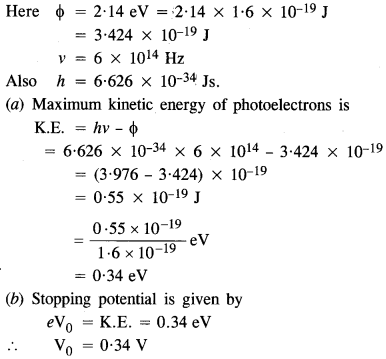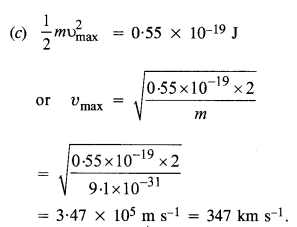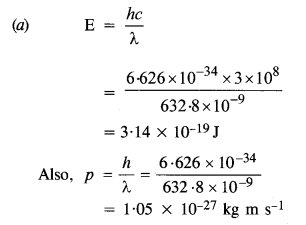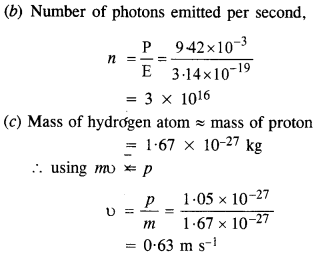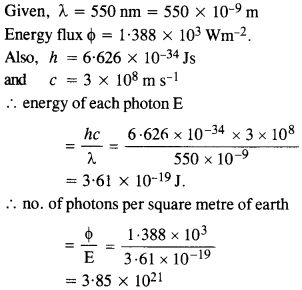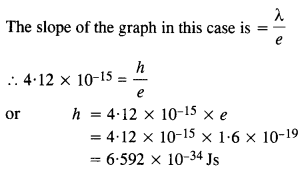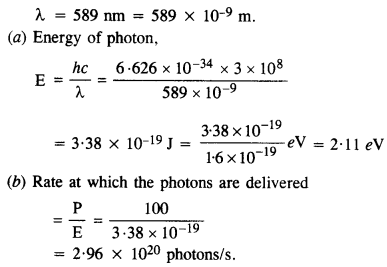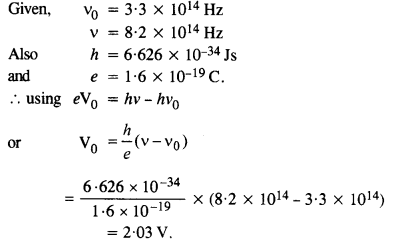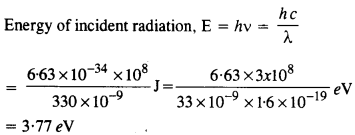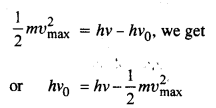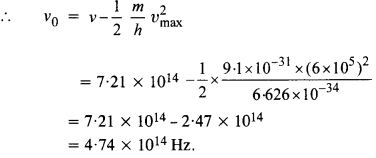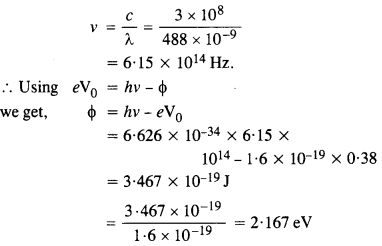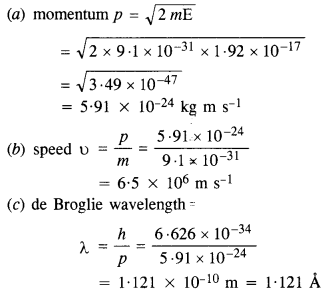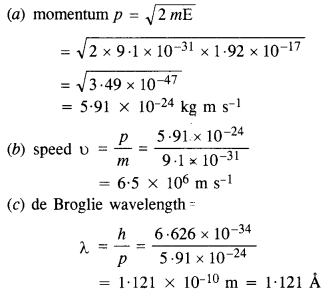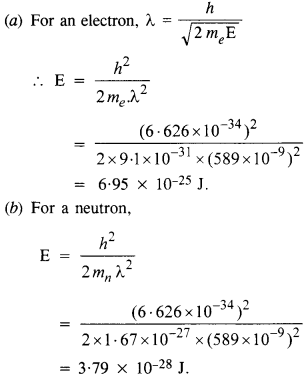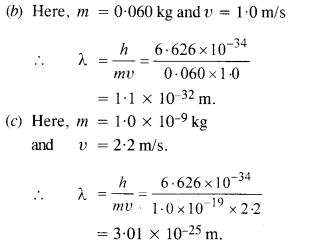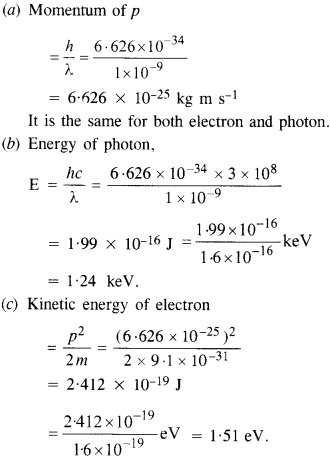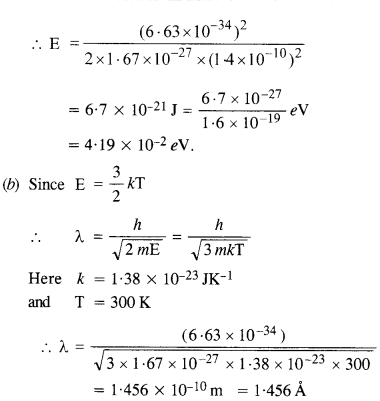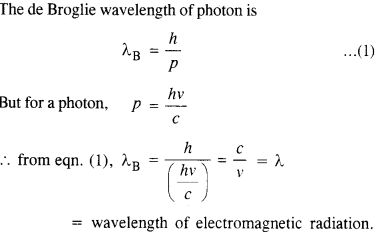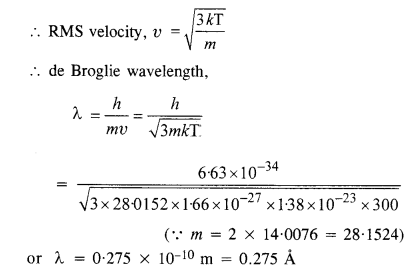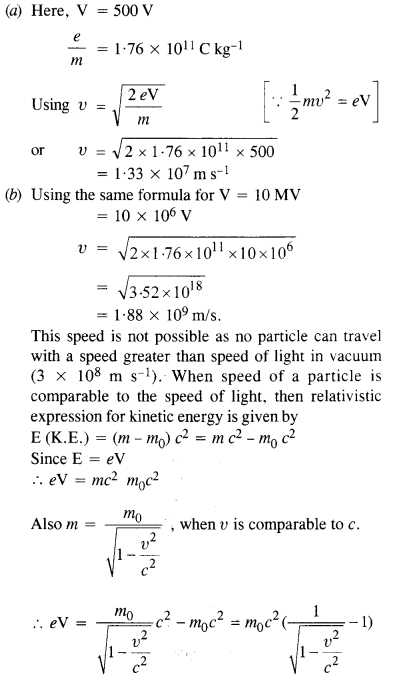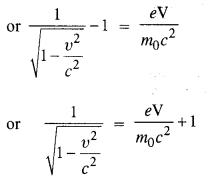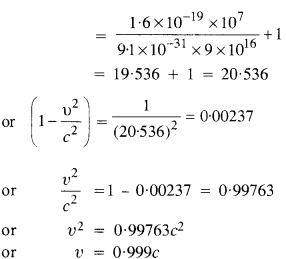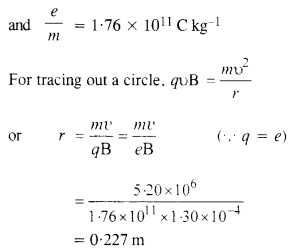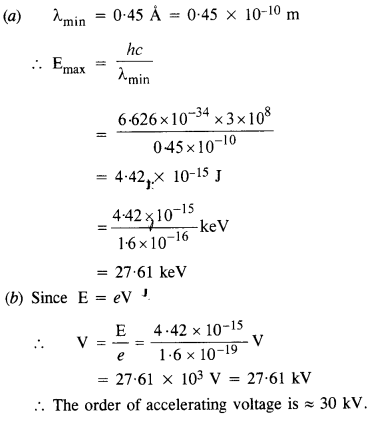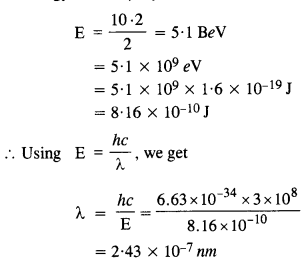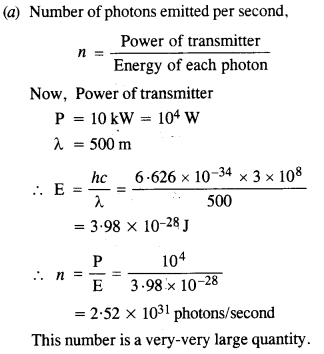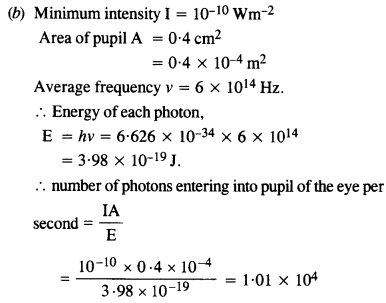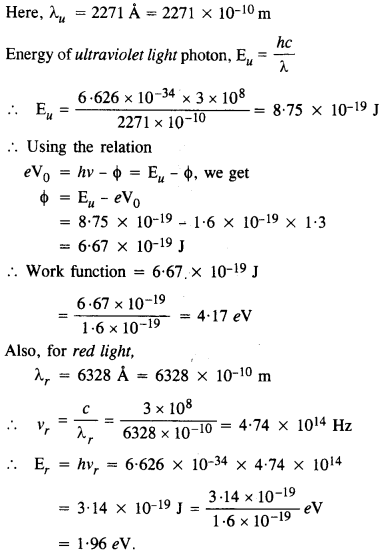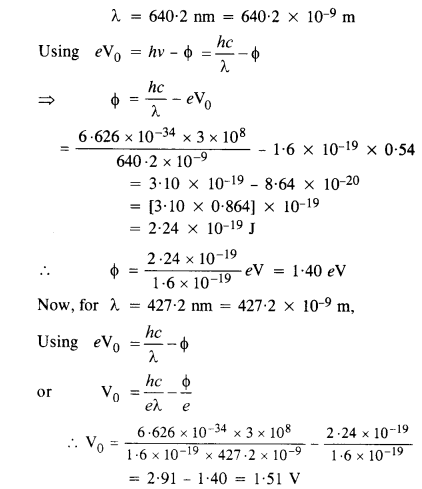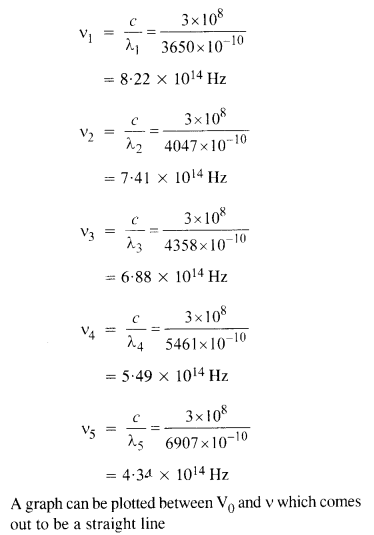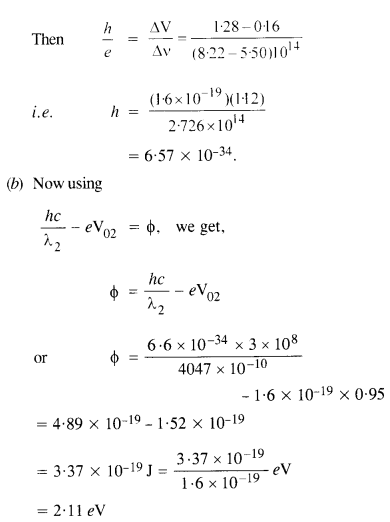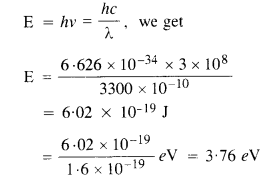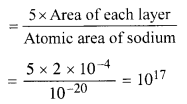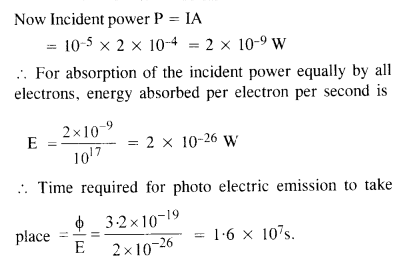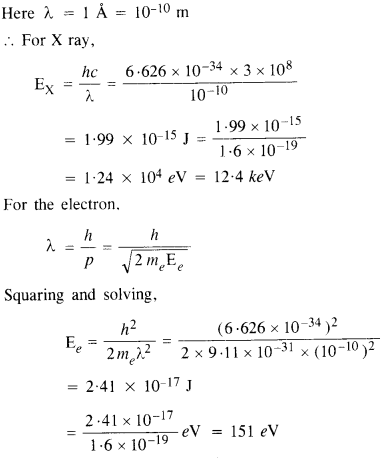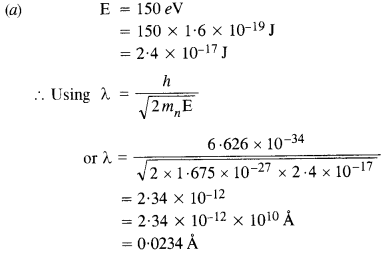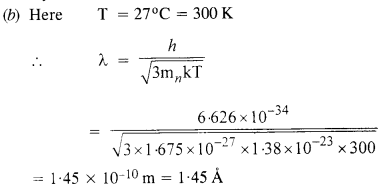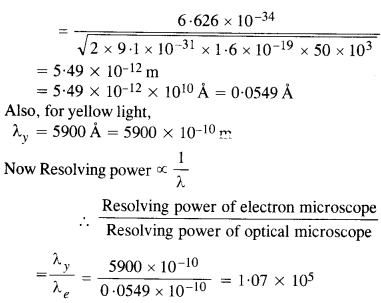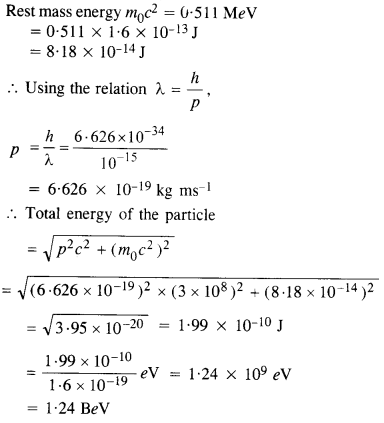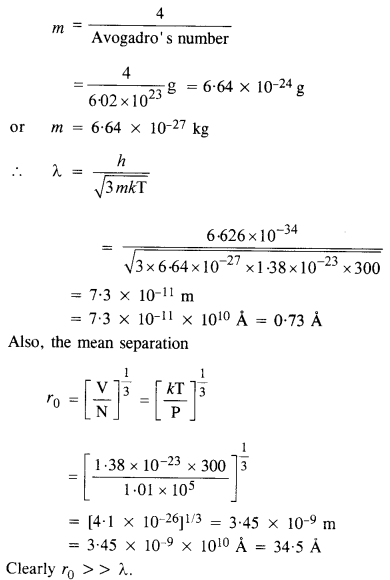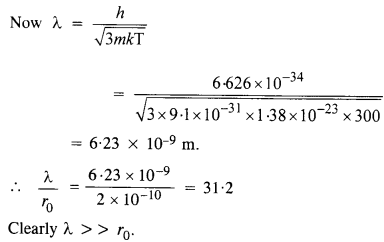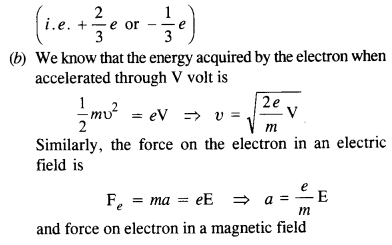NCERT Solutions for Class 12 History Chapter 4 Thinkers, Beliefs and Buildings Cultural Developments are part of NCERT Solutions for Class 12 History. Here we have given NCERT Solutions for Class 12 History Chapter 4 Thinkers, Beliefs and Buildings Cultural Developments.
| Board | CBSE |
| Textbook | NCERT |
| Class | Class 12 |
| Subject | History |
| Chapter | Chapter 4 |
| Chapter Name | Thinkers, Beliefs and Buildings Cultural Developments |
| Number of Questions Solved | 9 |
| Category | NCERT Solutions |
NCERT Solutions for Class 12 History Chapter 4 Thinkers, Beliefs and Buildings Cultural Developments
Question 1.
Were the ideas of the Upanishadic thinkers different from those of the fatalists and materialists ? Give reasons for your answer.
Solution :
The ideas of the Upanishadic thinkers were different from those of the fatalists and materialists. Many ideas found in the Upanishadas show that people were curious about the meaning of life, the possibility of life sifter death and rebirth. There were debates on these issues. The thinkers were concerned with understanding and expressing the nature of the ultimate reality. The ideas such as the nature of the self and the true sacrifice were discussed in Upanishads.
On the other hand, the fatalists believed that everything was pre-determined. Pleasure and pain could not be altered, lessened or increased in the course of Samsara (transmigration). The materialists did not believe in alms or sacrifice or offerings. For them there was no such thing as this world or the next. A human being is made of four elements. When a human being dies the four elements; return to earth, water, fire and air.
Question 2.
Summarise the central teachings of Jainism.
Solution :
The main teachings of Jainism are as follows:
(i) The entire world is animated. Life exists even in rocks and stones normally considered non-living.
(ii) The principle of non-violence is practised in extreme form in Jainism. No harms should be caused to animals, plants and insects and any other living beings that may include rocks and stones too. This is notable that Jains are forbidden to eat late night lest they kill insects by mistake.
(iii) The cycle of birth and rebirth is shaped through Karma. If one is to escape this cycle of Karma, one must practise ascetism and penance. It is possible when one renounces the world. So one has to live in monastery to attain salvation.
(iv) Jain monks have to take vows to observe the following:
(a) Not to kill anyone
(b) Not to steal anything
(c) Not tell lies
(d) Not to possess property
(e) To observe celibacy.
Question 3.
Discuss the role of the Begums of Bhopal in preserving the stupa at Sanchi.
Solution :
The role of the Begums of Bhopal in preserving the stupa at Sanchi was as given below:
- The French sought Shahjehan Begum’s permission to take away the eastern gateway for a museum in France. Englishmen too wanted to do the same. They were not allowed to do so. The French and the English were allowed to prepare plaster-cast copies only.
- Shahjehan Begum and her successor Sultan Jehan Begum, provided money for the preservation of the ancient site.
- Sultan Jehan funded the building of museum as well as guesthouse where persons like John Marshall lived and wrote his important volumes.
- She funded the publication of the volumes.
Question 4.
Read this short inscription and answer :
In the year 33 of the maharaja Huvishka (a Kushana ruler), in the first month of the hot season on the eighth day, a Bodhisatta was set up at Madhuvanaka by the hhikkhuni Dhanavati, the sister’s daughter of the bhikkhuni Buddhamita, who knows the Tipitaka, the female pupil of the hhikkhu Bala, who knows the Tipitaka, together with her father and mother.
(a) How did Dhanavati date her inscription ?
(b) Why do you think she installed an image of the Bodhisatta ?
(c) Who were the relatives she mentioned ?
(d) What Buddhist text did she know ?
(e) From whom did she learn this text ?
Solution :
(a) Dhanavati dated her inscription as in the year 33 of the maharaja Huvishka (a Kushan ruler), in the first month of the hot season on the eighth day.
(b) During the period of Kanishka, the Buddhism was divided into two branches i.e., Hinayana and the Mahayana. The worship of images of the Buddha and Bodhisattas had become an important part of this branch. So, she installed an image of the Bodhisatta in order to enable its followers to worship it.
(c) The relatives, she mentioned, were her father, mother, sister of her mother bhikkhuni Buddhamita.
(d) Tipitaka.
(e) She learnt this text from bhikkhu Bala.
Question 5.
Why do you think women and men joined the sangha?
Solution :
Women and men joined the sangha because within the sangha, all – workers, slaves, wealthy men, gahapatis and kings – were regarded as equal. It was an organisation of monks who could become teachers of dhamma. They shed their earlier social identities on becoming bhikkhus and bhikkhunis. Not only this, the internal functioning of the sangha was based on the traditions of ganas and sanghas where consensus was arrived at through discussions. If that failed, decisions were taken by a vote on the subject.
Question 6.
To what extent does knowledge of Buddhist literature help in understanding the sculpture at Sanchi?
Solution :
Buddhist literature help us upto some extent in understanding the sculpture at Sanchi. It is important that the sculptures at Sanchi depict the teachings of Buddha only. The teachings of Buddha are captured in the literature.
It is notable that Buddha used to roam around among people , preaching them on his teachings. However, he did not claim supernatural power. He told us that the world is ever changing. It is full of sorrows. Sorrow flows out of desire. Buddha asked the followers to take the middle path, not too much of penance, nor too much of indulgence. The literature of Buddhism is useful for the interpretation of the sculpture at Sanchi. People are shown in different moods and in sorrow. Different stages of life are depicted and so on. Hence, it can be stated that Buddhist literature throws valuable light on the sculptures of the Sanchi.
Question 7.
Figs A and B are two scenes from Sanchi. Describe what you see in each of them, focusing on the architecture, plants and animals, and the activities. Identify which one shows a rural scene and which an urban scene, giving reasons for your answer.
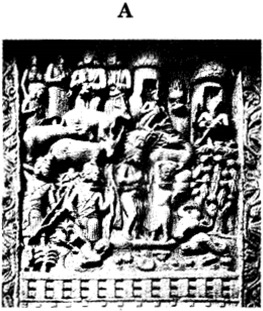
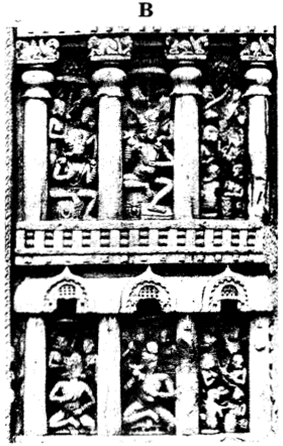
Solution :
- In the figure A, depiction of animals, dead and alive, hunters with bow and arrow, trees have been made. These are one of the finest depictions. Several animal stories have been depicted at Sanchi, the above scene may be one of them. In the second figure B, the images are being worshipped.
- The scene in the figure A is a rural scene because it contains animals, hunters with bow and arrow and dead animals too. The second scene is an urban scene because it depicts worshipping of images.
Question 8.
Discuss how and why stupas were built. Describe the structure of stupa with example.
Solution :
About 200 years after the time of Buddha King Asoka erected a pillar at Lumbini. This was to announce the visit of Buddha to this place.Stupas were the mounds put on the bodily remains of the body of Lord Buddha or of any object that was used by him. At the place of stupas such objects were buried. These were places of great respect under the tradition of Buddhism, as they had the relics of Buddha. As per the description of Asokavadana winch a famous Buddhist book, Emperor Asoka gave Buddha’s relic to all major cities. Later on such places stupas were put. The most important stupas are at Sanchi, Bharhut and Saranath.
The structure of a stupa was like a dome and hemisphere. On the top of it, there would be a balcony called harmik. This balcony represented the abode of God. The harmik was covered with an umbrella. There used to be railings around the balcony.
The construction of the stupas was made possible by the contribution of many. On the forefront were the monarchs. The Satvahan Kings offered huge amount for the construction of the stupqs. Apart from the monarchs, merchants, artisans and common men and women also contributed to the construction of the stupas.
Question 9.
Discuss how and why stupas were built.
Solution :
(a) The stupas were built to bury the relics of Buddha such as his bodily remains or objects used by him. These were mounds known as stupas. Since they contained relics regarded as sacred, the entire stupa came to be venerated as an emblem of both the Buddha and Buddhism. According to Ashokavadana, Asoka distributed portions of the Buddha’s relics to every important town and ordered the construction of stupas over them.
(b)
- Inscriptions found on the railing and pillars of stupas record donations made for building and decorating them. Some donations were made by kings such as the Satavahanas.
- Some donations were made by guilds such as that of the ivory workers who financed part of one of the gateways at Sanchi.
- Hundreds of donations were made by women and men who mention their names, sometimes adding the name of the place from where they came, as well as their occupations and names of their relatives.
- Bhikkhus and bhikkhunis also contributed towards building the stupas.
We hope the NCERT Solutions for Class 12 History Chapter 4 Thinkers, Beliefs and Buildings Cultural Developments help you. If you have any query regarding NCERT Solutions for Class 12 History Chapter 4 Thinkers, Beliefs and Buildings Cultural Developments, drop a comment below and we will get back to you at the earliest.

